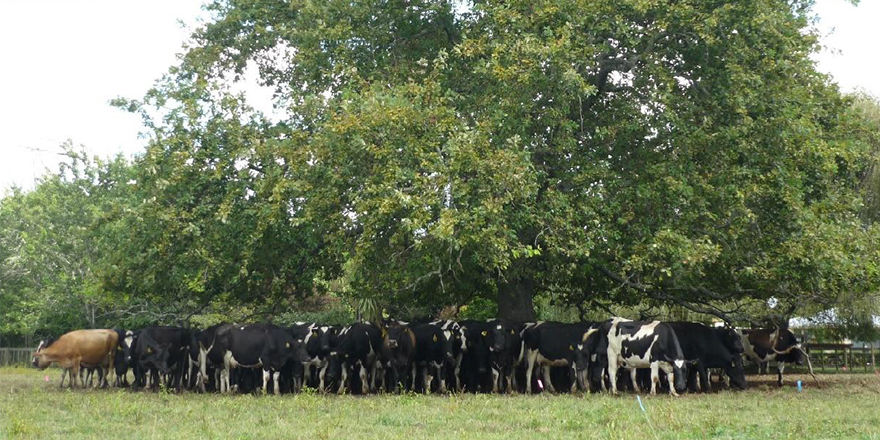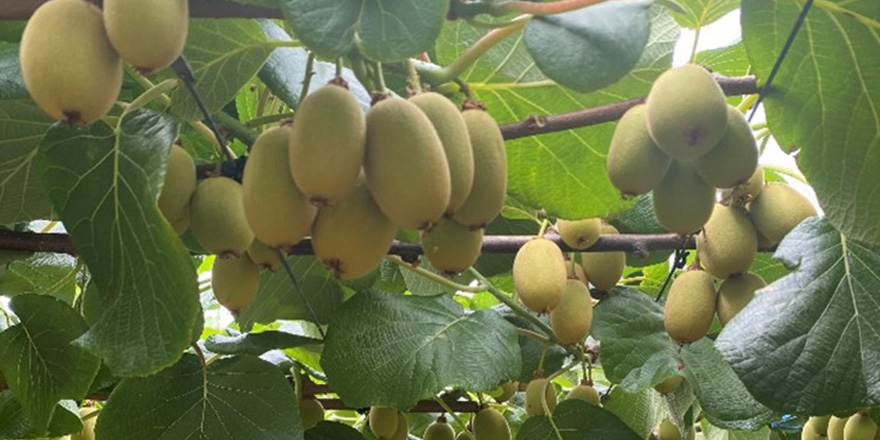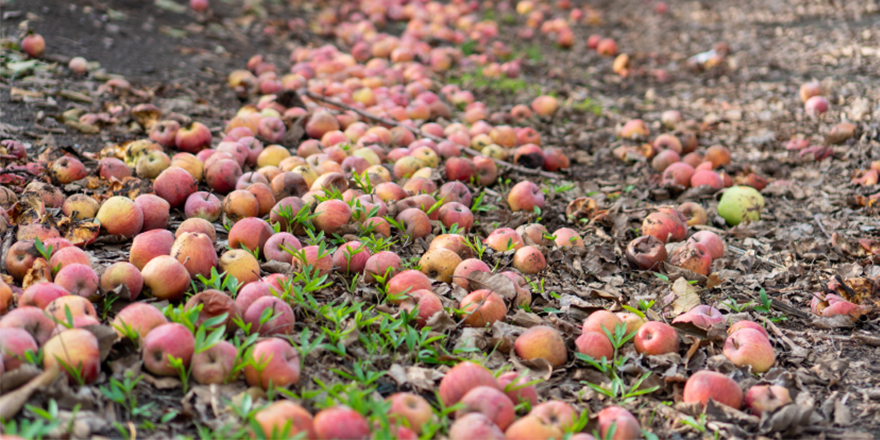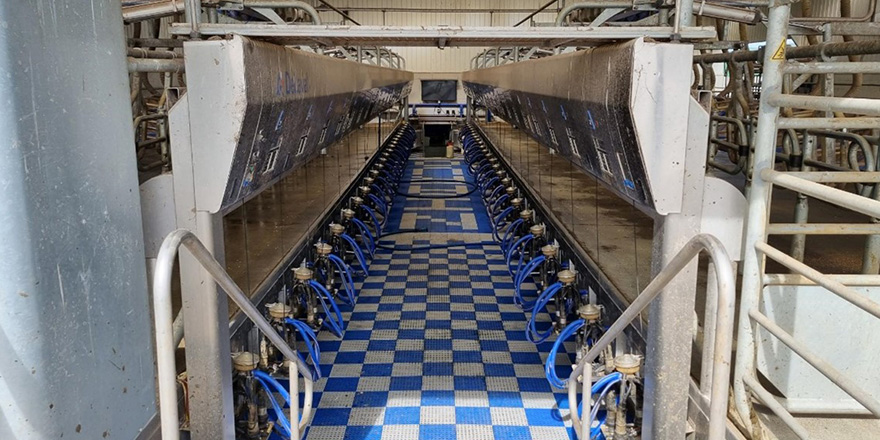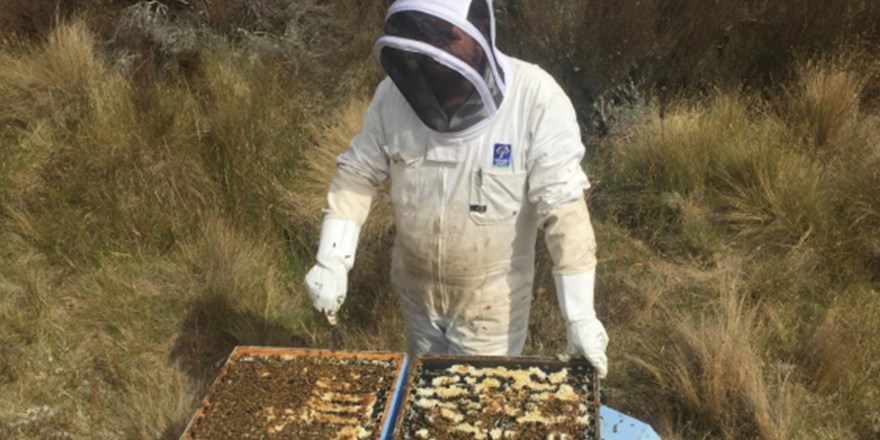
Executive Summary
The Manuka honey industry in New Zealand underwent a massive change in December 2017 with the new definition for Manuka honey released by the Ministry for Primary Industries (MPI). The new definition of Manuka honey was released in response to the growing concerns of fraudulent honey being sold as Manuka honey and damaging the brand’s integrity. The change in definition caused many Northland beekeepers to have their business become unprofitable due to old fashioned beekeeping practices, which caused the Manuka honey produced to fail when tested.
The change to the Manuka honey definition and the significant challenges Northland beekeepers face in terms of unfavourable spring weather, early Manuka flowering times, swarming, and access to early honey flows has caused many small beekeepers to close their business since 2017.
There is a general belief that beekeeping in Northland is too risky and that there is no profitability remaining in the Manuka honey in the region. This project sets out to determine if the Northland Manuka honey industry is profitable and, if so, how to unlock it. A comparison is made between Northland and Waikato to highlight the risks of beekeeping in Northland and determine the key focus areas that can reduce these risks and deliver profitability.
Using the data provided in MPI’s Apiculture Monitoring Reports from June 2008 to June 2018, it is clear that a ~12% net profit before tax was achieved during these ten years in Northland. At ~12%, this profitability is exposed to significant downward pressure due to overstocking of beehives in the region and unsettled weather.
The findings from this study suggest that Northland beekeepers can improve this profitability to greater than 20% consistently over the long term by doing the following:
- Reducing beehive stocking rate in the region to one beehive per one and a half hectares of Manuka resource.
- Stop boundary stacking beehives to reduce poaching of Manuka nectar from neighbouring properties and so reduce the overall land royalty payment per beekeeper.
- Securing good wintering apiary sites to protect beehives from Karaka and Kowhai poisoning will ensure the healthiest bee colonies are placed into Manuka honey production.
- As Northland beekeepers experience an increase in operational cost related to the extended honey season, caused by warmer weather conditions year-round, producing the highest $/Kg Manuka honey is critical.
- An average of 18 kg of honey per beehive is the NEW expected yield per beehive in Northland, and of this 18 kg, only 9 kg would pass as mono-floral Manuka honey. Therefore, the beekeeper must ensure this Manuka honey has a minimum dollar value of $50/kg to ensure profitability year on year.
- The Northland beekeeper requires a mobile beekeeping operation that allows for beehives to be moved to Central North Island to make a second Manuka honey crop to increase profitability to over 30% in an average honey season.
There is profitability in Northland beekeeping; however, it requires the beekeeper to change from the old methods of beekeeping and ensuring all mono-floral Manuka honey is isolated to capture all the dollar value available. In doing so, the profitability of greater than 20% is achievable for a Northland commercial beekeeping business.

